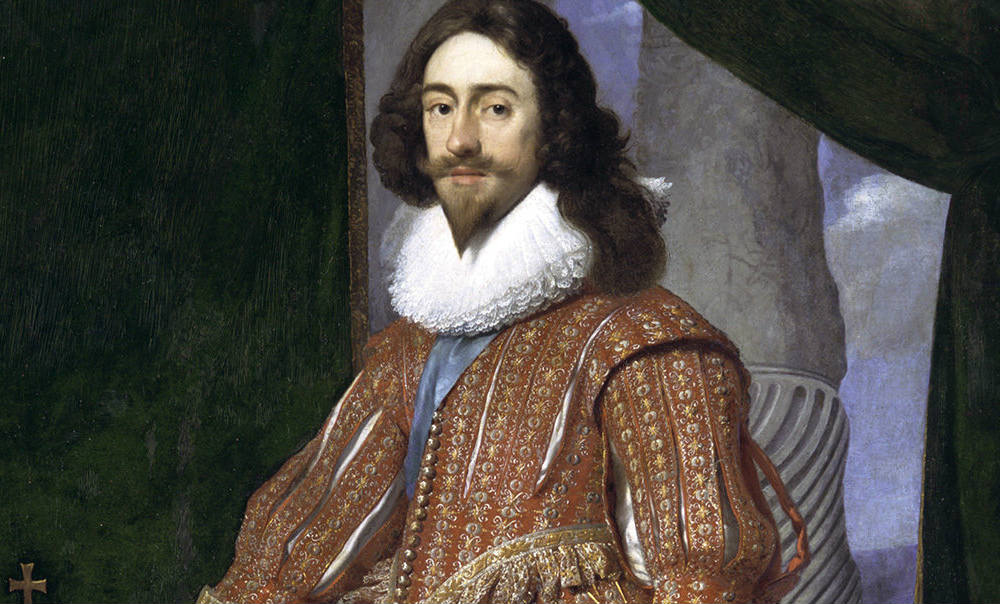
May 9, 2018 will forever be remembered as a turning point in Malaysian history.
The hegemony of BN, which had ruled Malaysia for 61 years since independence, collapsed in a most spectacular manner. This seemingly mighty construct was felled by the groundswell of the people, who rejected a government rife with corruption and regarded as kleptocratic by the community of nations.
As we bask in the triumph of this moment, the people have placed their faith in the Pakatan Harapan coalition to continue with the reform agenda and reestablish a sound basis for the economy and key institutions.
Without a doubt, the current environment allows for unprecedented levels of free speech and the opportunity to express frank views. Nevertheless, it is common sense that one must adhere to certain limits in exercising this freedom.
This writer is particularly alarmed by the effort by certain quarters to call into disrepute, whether directly or indirectly, the institution of the constitutional monarchy.
If there are perceived weaknesses, it is better to find avenues to address this, rather than dismantle an institution that has proven its value as part of the overall checks and balances in a democracy.
This writer would like to draw the reader’s attention to the need for checks and balances between the power of the prime minister as head of government and the authority of the King as head of state.
We must concur that the constitutional monarchy is still the best system for Malaysia, based on history and the social contract that formed the very basis of the Constitution.
All segments of society were granted their rights, with the Malays guaranteed their special privileges, while the non-Malays guaranteed their citizenship and naturalisation rights. Islam was established as the religion of the Federation and Bahasa Melayu as the official language.
The sovereignty of the Malay rulers was recognised but at the same time clearly defined within the ambit of the constitution. This was a result of a consensus achieved between all stakeholders of the time.
The English Civil War
It is important for us to take a page from history to learn some hard truths about addressing any reform phase.
The annals of the past are filled with failed revolutions that resulted in so much death, destruction and suffering. The Spanish philosopher George Santayana famously said that “those who fail to learn from history are doomed to repeat it.”
This writer would like to illustrate by looking at the events surrounding the English Civil War, which highlighted the need for check and balance between opposing poles of authority – that of the head of government and the head of state.
One of the leading lights of the civil war was Oliver Cromwell (photo), a renowned military and political leader, who was born on April 25, 1599.

In 1628, he was made an English Member of Parliament and in 1653 became the Lord Protector, who ruled England in the absence of the deposed monarch, when the country temporarily became a republic. He was hailed as an important historical figure having mobilized the parliamentarians to defeat King Charles I, the monarch of England, Scotland and Wales at the time.
The English state at the time ruled what was essentially a feudal state, with a royal heritage that was already centuries old. As it is today, the institution of monarchy is imbued in the very essence of English identity and consciousness. Cromwell did his best to rid the system of any references to the monarchy, to the point that he was willing to sign Charles’ death warrant.
As a young man, Cromwell grew up in an era of religious tensions, under the auspices of the absolutist Stuart dynasty. In 1640, the English King required funds to mount a fresh military campaign. For this purpose, Charles I (photo) summoned Parliament to levy the required taxes.

As a parliamentarian, Cromwell rose up and demanded the end of the absolute exercise of unlimited power by the king, without the agreement of Parliament. Charles I was reluctant to make this concession. His refusal to bow to the wishes of Parliament erupted into civil war between the royalists and parliamentarians.
As one of the leaders of the parliamentary army, Cromwell raised troops in his native Huntingdon and trained a force of cavalry that proved successful in the series of battles that followed. During the four-year conflict, Cromwell was in the thick of several battles, including Marston Moor in 1644, and Naseby in 1645. In 1646, Charles I was finally defeated and imprisoned.
This conflict between the monarchists and the parliamentarians continued for a long time, as a lasting peace could not be brokered. The parliamentarians themselves were divided into factions with vastly differing aims. The king was aware of the divisions and managed to hold off the overtures for peace.
Within a year, a new conflict erupted when the king escaped and raised a new army to avenge his previous defeat. However, the king was roundly defeated and Cromwell moved to expel the last of the royalists from Parliament and sentenced Charles I to death in 1649.
England was now a republic ruled by a council of state led by Cromwell. But at the same time, the royalists managed to gain a foothold in Scotland and Ireland. War erupted again and Cromwell crushed the last of the royalists. With the conflict coming to an end, the time came for the establishment of a new governing system. But forming this new system brought its own challenges.
Once in power, Cromwell ruled with an iron fist as a dictator for life. Parliament lost its role. A new constitution could not function as intended, as the remaining royalists would continue to undermine its authority from time to time. The people were deprived of lasting peace as the conflict between pro-monarchy and pro-parliament factions continued.
In 1660, the royalists made a comeback and Charles II was crowned king. What remained of Cromwell’s loyalists were persecuted and even Cromwell’s remains were dug out and humiliated.
Lessons for Malaysia
The lessons from the English civil war are all too obvious for Malaysians of the present.
No one within a democratic system should possess absolute power. The monarchy and the people must always establish a consensus, especially in this country where the institution of kingship has deep roots in history, tradition and culture.
Without a strong consensus that could withstand the ups and downs of the political process, we risk upsetting the balance that guarantees peace and prosperity, opening the doors wide to resentment and conflict.
In summary, the constitutional monarchy is the best system for Malaysia. The elements of check and balance continue to exist and remain effective in putting in check the key focus of power, whether it be in the person of the prime minister or the Yang di-Pertuan Agong.
The powers of the prime minister are checked and balanced by the powers of the Agong, and the powers of the monarch are defined by the constitution.
Our role and duty as Malaysians is to defend the constitutional monarchy, which has proven successful in underpinning the strength and uniqueness of our nation.
We must heed the lessons from the English Civil War those centuries ago. Malaysians should move beyond what is past and focus on ensuring that the government of the day is free from corruption, practices transparency and enacts policies for the people.
This writer and many other Malaysians continue to hold high hopes for the success of this new government in elevating Malaysia into a glorious nation governed by wise and conscientious leaders.
There can be no king without a people, and no people without a king. The writer continues to hope for brighter times ahead for all of us.
JAMIZAL ZAINOL is founder of the Policy and Economic Affairs Centre, Malaysia (Peace).



No comments:
Post a Comment
Note: Only a member of this blog may post a comment.